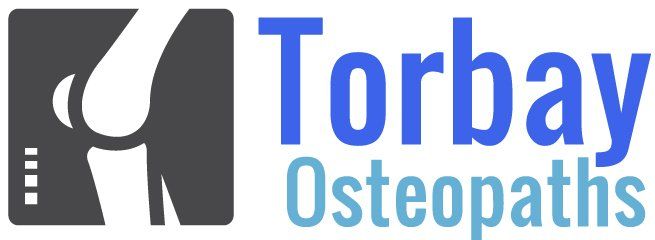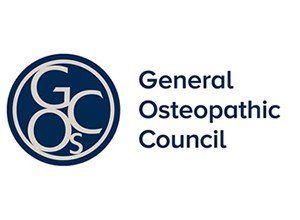What can our osteopathic treatments be used for?
Osteopathy can help with a range of conditions. Take a look through the information below, or call our clinics in Torquay and Brixham to discuss your condition further.
What do we treat?
The information below may be helpful as a guide to the conditions that we treat, please do call if you are in any doubt as to whether we can help with your ailment. We are happy to discuss your problem with you and whether osteopathy may be suitable.
Contact us
It is important to realise that osteopaths believe in treating the patient as a whole, not just the symptoms. It is also important to note that following a full case history, if any of the symptoms discussed are not appropriate for osteopathic management, then your osteopath will refer you on to your GP or a specialist for further investigations or treatment.
Acute and chronic back pain
Back pain is a very common problem, with reports suggesting as many as eight out of ten of us will suffer from it at some point during our lives. Around 5.6 million working days in the UK are lost each year due to back pain, second only to stress.
Back pain can affect anyone of any age and can often be the result of a strain of the structures of the back such as the muscles, ligaments, joints or damages to the discs. Osteoarthritis (spondylosis) or wear and tear in the back can also be a reason.
Most of us know that back pain can be painful and inconvenient, but it is not usually serious and will often resolve on its own within a few weeks. However, many people seek osteopathic treatment to address it quickly and at a time and place of their own choice; and osteopaths are skilled at helping prevent back pain from becoming a chronic, long-term condition.
Back pain can be brought on by lifting or moving awkwardly. Sometimes it can come on without any specific injury to your back. Everyday stresses, posture, being overweight, sedentary living and poor lifestyle habits can all be significant factors.
People can feel a range of symptoms such as stiffness, tenderness and mild to severe pain. The pain can come on quite suddenly or over time and be located anywhere in the spine from the top of the neck to the pelvis. Sometimes pressure from the back on the nerves can cause pain, “pins and needles” or numbness in the legs or arms. X-rays, scans and other tests are sometimes required to make a diagnosis.
If the osteopath considers the cause of the pain or symptoms reported to require further investigation, or not appropriate for osteopathic treatment, they will refer to your GP or a specialist for any additional investigation.
How can osteopaths help?
- Osteopaths are well known for treating back pain and their patients report high satisfaction with treatment. There is good quality evidence supporting the beneficial effects of manipulation for back pain and the National Institute for Clinical Excellence recommends osteopathy for sub-acute and chronic low back pain.
- Osteopaths can use a wide range of gentle manual treatments depending on your age, fitness and diagnosis. We may gently massage the soft tissues of your back or rhythmically release the joints to relieve tensions and sometimes we may gently manipulate the back to loosen the joints and you may hear a “click.”
- Treatment is different in every individual and sometimes it might involve treating other areas in the body such as the hips or neck.
- We may offer advice on your lifestyle particularly if we feel something you are doing repetitively is part of the reason why you have back pain. We may offer advice on your posture and give advice on diet and exercise or give you specific exercises.
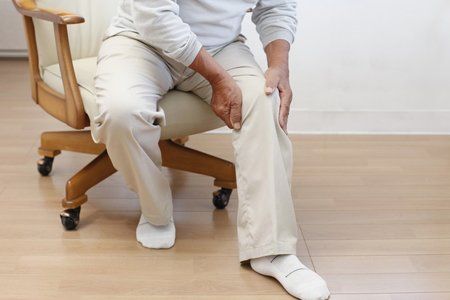
Arthritic and rheumatic pain
Arthritis is a common condition which causes pain, swelling and inflammation and often stiffness in the joints of the body. Osteoarthritis is a result of wear and tear of the joints in the body. It is common in people over 50 and most commonly affects the joints of the knees, neck and back, hips, base of toes and hands.
How can osteopaths help?
Osteopaths are well known for treating back pain and their patients report high satisfaction with treatment. There is good quality evidence supporting the beneficial effects of manipulation for back pain and the National Institute for Clinical Excellence recommends osteopathy for sub-acute and chronic low back pain.
Osteopaths can use a wide range of gentle manual treatments depending on your age, fitness and diagnosis. We may gently massage the soft tissues of your back or rhythmically release the joints to relieve tensions and sometimes we may gently manipulate the back to loosen the joints and you may hear a “click.”
Treatment is different in every individual and sometimes it might involve treating other areas in the body such as the hips or neck.
We may offer advice on your lifestyle particularly if we feel something you are doing repetitively is part of the reason why you have back pain. We may offer advice on your posture and give advice on diet and exercise or give you specific exercises.

Sciatica
Sciatica means pain that goes down the leg. One common reason for this is some pressure on the nerves that run down the leg as they pass out of the spine. The pressure can be caused by a damaged disc in the back. The management of disc injuries relies greatly on appropriate advice and progressive exercise. Osteopathic treatment may be useful in helping with the associated mechanical (muscle and joint) back problems that accompany the disc injury. Another cause of sciatic pain is referred pain. This is pain felt in the leg but coming from somewhere else. If the origin of the pain is found (for example, a ligament or joint in the back) and treated, then the leg pain resolves.
In some cases it may be necessary to have an MRI scan of your back to show whether there is a specific disc injury pressing on a nerve. Your osteopath will discuss this with you and can refer you for a private MRI or refer you on to your GP who can arrange one via the NHS.
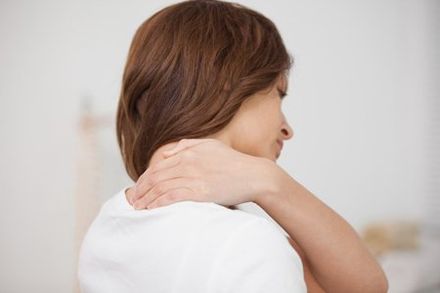
Acute and chronic mechanical
neck pain
Neck pain is common in people of all ages and is often caused by how we use our necks. Working all day bent over a computer, driving long distances, poor posture while standing or sitting, stress and tiredness are all factors that can cause the muscles in the neck and upper back to become tight and the joints to become stiff, which can contribute to ongoing neck pain. Sometimes a nerve in your neck can become irritated or “trapped” and cause pain in the arm going down into your shoulder or the hand, and may be accompanied by “pins and needles” and numbness. Some headaches can be the result of tension or stiffness in the neck and upper back.
Osteoarthritis or age-related wear and tear in the neck can also cause muscular pain from the neck into the shoulder as well as some stiffness in moving the neck.
Following a detailed case history your osteopath will be able to explain the cause of your pain and how it may best be managed. If the cause is mechanical the osteopath will gently treat the area with a combination of massage and articulation to reduce tension of the muscles and improve mobility of the joints. They may also look at the related areas, for example the upper back and shoulders to promote overall flexibility and function. Advice about posture and appropriate exercises may be given. X-rays, scans and other tests are sometimes required to make a diagnosis and your osteopath may refer to your GP or a specialist for any further investigations or treatment.
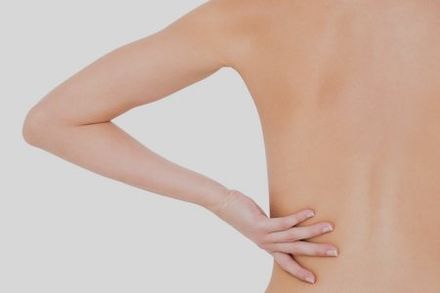
Hip Osteoarthritis
Pain can come from a tight, strained or over used muscle in the hip or from the joint itself. Pain in the hip can sometimes be the result of an injury, it can be referred from the back or related to the way you move, stand and/or use your hip.
Pain from osteoarthritis or wear and tear in the hip joint is also common. Osteopaths can’t cure arthritis and it depends on the severity of the wear and tear, but treatment and advice from an osteopath can often help ease the symptoms.
Osteopaths look at the patient as a whole, assess the way the hip moves, gently massage and stretch hip and leg muscles to reduce tension and improve the mobility of the joint and work on secondary problems like backache.
X-rays, scans and other tests are sometimes required to make a diagnosis, and your osteopath may refer to your GP or a specialist for any additional investigations or treatment.
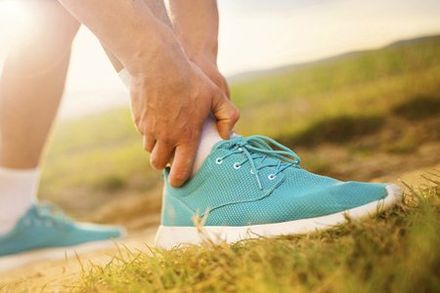
Minor sports injuries and tensions
Preventing injuries
Sports activities are a regular way of life for many of us now, and involve people from across all age groups, from those who have an avid interest to the casual participant.
Many of the injuries in sport are the result of over-use or from not warming up properly before exercise or not warming down afterwards. Sometimes incorrect equipment, reduced joint flexibility or poor technique may result in strain and injury of joints and soft tissues.
How osteopathy can help
- By using their knowledge of diagnosis and highly developed palpatory skills osteopaths can treat minor sports injuries to restore structural balance, improve joint mobility and reduce soft tissue restrictions so that ease of movement is restored and performance enhanced.
- We may offer advice on which activities and movements to avoid, provide advice on specific exercises to help improve control and strength as appropriate, and advise on strapping or supports.
- X-rays, scans and other tests are sometimes required to make a diagnosis, and your osteopath may refer to your GP or a specialist for any additional investigations or treatment. We may also suggest you see your GP for advice about pain medication.

Shoulder Pain
Shoulder pain is common and can be caused by a number of conditions. These include:
- Rotator cuff - pain in the shoulder or upper arm, particularly when lifting the arm, lying on it or using the sore muscles. It is often the result of repetitive overuse of the arm and shoulder during sport or activity or the result of a shoulder injury. Age can also play a part.
- Acromio-clavicular joint pain – painful joint on the tip of the shoulder where the collarbone and shoulder blade joint.
- Frozen shoulder (adhesive capsulitis) – is the painful and gradual stiffening of the shoulder capsule (tissue that surrounds your shoulder joint) and the shoulder can often become so stiff and painful that it limits your ability to use your arm in everyday activities.
- Referred shoulder pain – pain is experienced in an area away from the actual injury or problem eg pain in the shoulder is often referred from the neck or upper back.
- Osteoarthritis – progressive wearing away of the cartilage of the joint often leading to pain.
How can an osteopath help?
Shoulder problems are often complex and can take a long time to resolve. An osteopath will work with you to try to understand the cause of your shoulder problem. Depending on your age, fitness and the diagnosis we may use a variety of massage, rhythmical articulation and stretching techniques to try to improve the movement in your shoulder and reduce tension in any tight muscles. Treatment is different in every individual and we may massage and loosen the joints of the neck, upper and mid back and shoulder blade area, and sometimes the low back and hips if we feel they are contributing to your shoulder pain.
We may offer specific strengthening or loosening exercises to the shoulder and offer advice on posture and look at how you use your shoulder and any lifestyle habits that may be contributing to your shoulder problem. X-ray, scans or other tests may be required to make a diagnosis and we may refer you to your GP for any further investigations or treatment.
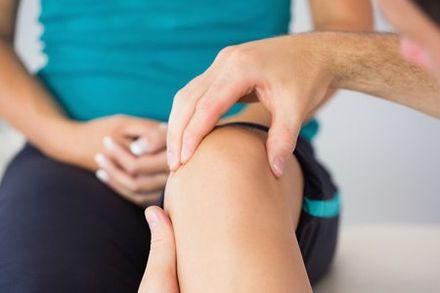
Knee osteoarthritis
Knee pain can have a number of different causes and can be painful and debilitating and while some conditions may require surgery, many can be helped with the right advice, exercise and treatment. Your osteopath will work with you to try to understand the cause of your knee problem and may refer you to your GP or a specialist for further investigations or treatment.
The knee joint lies between the femur and the tibia and at the front is the patella or kneecap. It is made up of a number of structures including ligaments, muscles, capsule, synovial membrane and two ‘c’ shaped pieces of cartilage which sit between the femur and tibia known as the menisci.
Damage, strain or sprain to the structures of the knee can give rise to symptoms. It can be the result of a sudden injury as often seen in sports injuries or by repeatedly placing strain on an area of the knee. Poor alignment of the knee or kneecap and altered joint mechanics in relation to other joints such as the hips and knees are often significant. Osteoarthritis or wear and tear is a common condition that affects the knee.
Common symptoms in the knee include pain, stiffness, aching, pain, locking, swelling, limping and difficulty fully straightening or bending the knee.
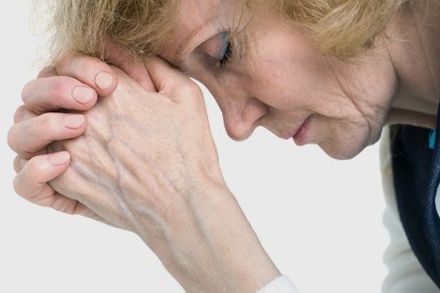
Neck related headaches and migraine prevention
There are several reasons for headaches. Most are not serious and once the cause is established headaches can often be helped by simple changes in lifestyle. One cause can be tension or strain in the muscles and joints of the neck and upper back.
Treatment from an osteopath, when the cause is musculo-skeletal, may help. Gentle massage to the tight muscles and manipulation to loosen the joints of the neck, thorax and back can relieve the build-up of muscular tension that may lead to headaches. Osteopaths can also advise on exercise and lifestyle changes and offer guidance on simple changes to your posture when at work or driving, which may help.
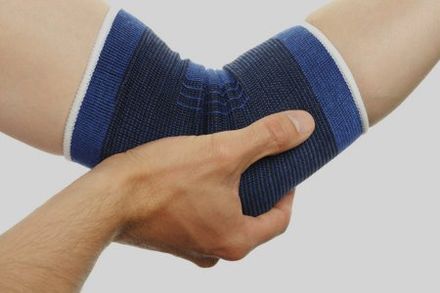
Tennis Elbow and
Golfer’s Elbow
Pain in the elbow is often due to two main conditions: tennis elbow and golfer’s elbow. Tennis elbow causes pain and tenderness around the outside of the elbow joint, whereas golfer’s elbow causes pain around the inner side of the joint.
Tennis elbow is much more common, both are injuries from repetitive overuse or wear and tear from any hobby, sport or activity, not just tennis or golf as the name implies. Once the pain starts, your normal activities and habits can maintain the problem.
Pre-existing problems with your neck, wrist or shoulder, that might not be painful themselves, can make it more likely for you to suffer with elbow pain. Most cases ease naturally, eventually, but many people seek treatment and advice from an osteopath.
How can an osteopath help?
- We can use a variety of different massage and manipulation techniques to try to ease your symptoms, get to the cause of the problem and get you back to your normal lifestyle. We may gently articulate the elbow, wrist, neck and upper back joints.
- We may offer you advice on which activities and movements to avoid, advice on specific exercise and advice on appropriate elbow brace support or sports strapping.
- We may suggest you see your GP for advice about pain medication or anti-inflammatory medication or refer you to them for further investigations.
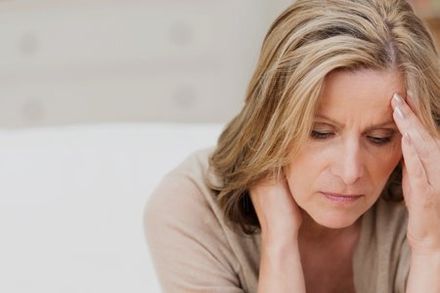
Fibromyalgia and generalised aches and pains
Fibromyalgia is an unpleasant condition of generalised and often heightened pain in the muscles and tendons of the body. Diagnostic criteria lists up to 18 symmetrical tender points on the body but in fact the condition often includes a wide range of associated signs and symptoms such that it is often referred to as fibromyalgia syndrome.
The symptoms may include:-
- Fatigue
- Sleep disturbance
- Temperature dysregulation (Reynauds)
- IBS symptoms
- Irritable bladder
- Depression/anxiety
- Poor memory/attention span
- Headache, dizziness, occipital pain
- Mechanical low back pain
- Sciatic pain
Osteopathy may be able to help reduce the symptoms of fibromyalgia. A thorough osteopathic case history will allow the osteopath to understand the range of symptoms, and through assessment of movement and gentle touch the osteopath will be able to gauge the state of the tissues and how to treat appropriately for relief of symptoms.
